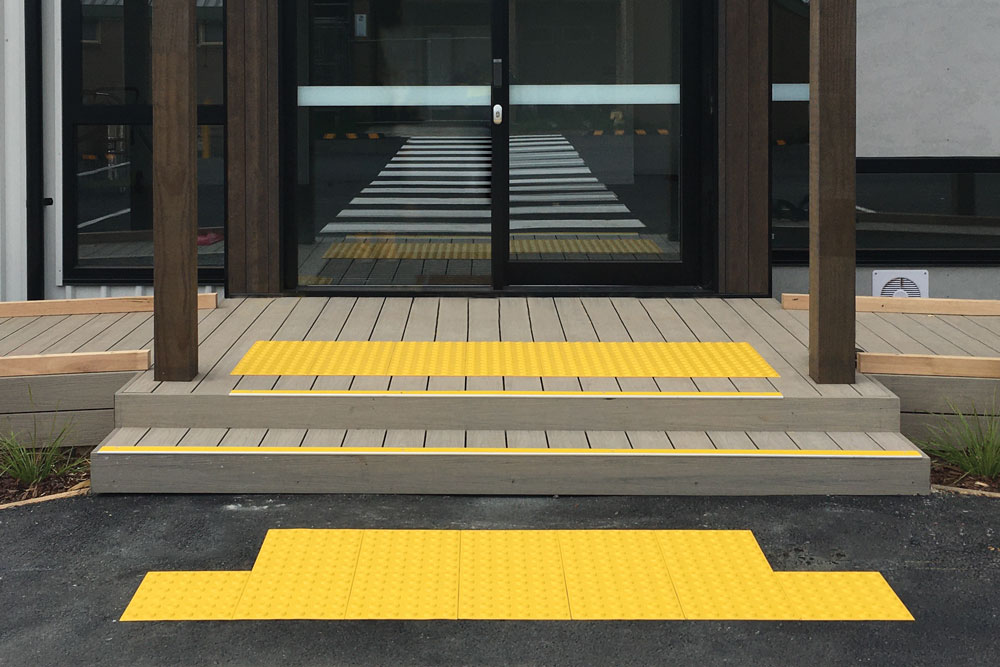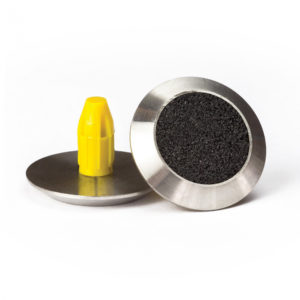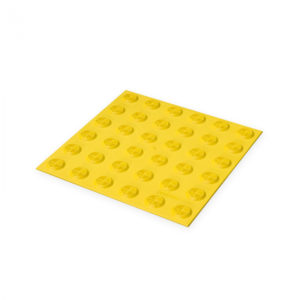
The Importance of Tactile Warnings
Most people take for granted the ability to see warning signs and other cues in their environment that signal potential danger.
What are Tactiles?
For the blind or visually impaired, these cues are essential to keeping safe. That’s why tactile warnings or raised patterns on surfaces that can be felt with a hand, are so important. Tactile warnings are usually found on kerbs, stairs, and other places where someone might not be able to see a drop-off. They help the blind or visually impaired know when they’re approaching a dangerous area. There are different types of tactile warnings, but they all serve the same purpose. Some common types include truncated domes, which are small, raised dots; tactile plates, which are raised, textured surfaces; and tactile strips, which are raised, textured lines.
How are they used?
Tactile warnings can be made from a variety of materials, including concrete, metal, and plastic. They can be integrated into a surface during construction or retrofitted afterward.
There are a few things to keep in mind when designing tactile warnings:
- They should be large enough to be felt easily but not so large that they’re a trip hazard.
- They should be placed in a consistent location so that people can learn to expect them.
- They should be made from a durable material that will last for many years.
Tactile warnings are an important part of making the world accessible for the blind or visually impaired. By providing cues that can be felt, they help people navigate their environment and stay safe.
Where are they used?
Tactile warnings have a wide range of uses and can be found in places where it’s important to signal possible danger ahead. The main reason for tactile warning surfaces is to make sure people with visual impairments can safely navigate an area. The visually impaired rely on their senses of touch and hearing to get around, so tactile warnings help them feel where they are going in a way they’ll understand.
Homeowners can also benefit from tactile warnings; when building ramps or walkways, durable signs that show exactly where it is safe to walk are essential. There are many other ways you might encounter tactile warnings in your daily life, including on escalators or elevators for safety purposes.







